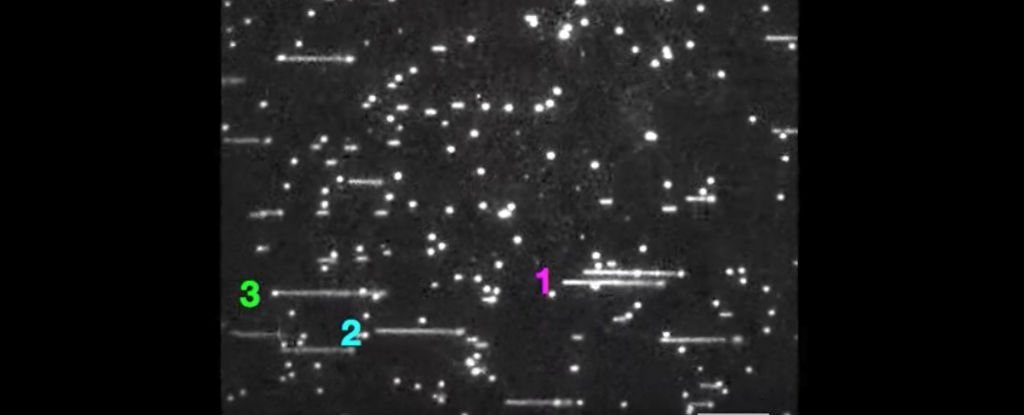
Recall that the underlying spirit body or cellular processor made of 'Dark Matter' can signal molecules to interact and thus guide this apparent dance. This is my add on to understanding living chemistry and exactly how it might work. Now we are seeing it.
It would be nice to observe the signal changing molecular behavior. It may be a targeted photon or a bunch it that works. The closest best such molecules only needs to be activated and a bunch of photons close by can do it.
Excellent news.
This Is The First Detailed Footage of DNA Replication, And It Wasn't What We Expected
"It undermines a great deal of what's in the textbooks."
BEC CREW
5 MAR 2018
Here's proof of how far we've come in science - in June 2017, researchers recorded up-close footage of a single DNA molecule replicating itself for the first time, and it's raised questions about how we assumed the process played out.
The real-time footage revealed that this fundamental part of life incorporates an unexpected amount of 'randomness', and it could force a major rethink into how genetic replication occurs without mutations.
"It's a real paradigm shift, and undermines a great deal of what's in the textbooks," said one of the team, Stephen Kowalczykowski from the University of California, Davis.
"It's a different way of thinking about replication that raises new questions."
The DNA double helix consists of two intertwining strands of genetic material made up of four different bases - guanine, thymine, cytosine, and adenine (G, T, C and A).
Replication occurs when an enzyme called helicase unwinds and unzips the double helix into two single strands.
A second enzyme called primase attaches a 'primer' to each of these unravelled strands, and a third enzyme called DNA polymerase attaches at this primer, and adds additional bases to form a whole new double helix.
You can watch that process in the 2017 footage below:
The fact that double helices are formed from two stands running in opposite directions means that one of these strands is known as the 'leading strand', which winds around first, and the other is the 'lagging strand', which follows the leader.
The new genetic material that's attached to each one during the replication process is an exact match to what was on its original partner.
So as the leading strand detaches, the enzymes add bases that are identical to those on the original lagging stand, and as the lagging strand detaches, we get material that's identical to the original leading strand.
Scientists have long assumed that the DNA polymerases on the leading and lagging strands somehow coordinate with each other throughout the replication process, so that one does not get ahead of the other during the unravelling process and cause mutations.
But the footage revealed that there's no coordination at play here at all - somehow, each strand acts independently of the other, and still results in a perfect match each time.
The team extracted single DNA molecules from E. coli bacteria, and observed them on a glass slide. They then applied a dye that would stick to a completed double helix, but not a single strand, which means they could follow the progress of one double helix as it formed two new double helices.
While bacterial DNA and human DNA are different, they both use the same replication process, so the footage can reveal a lot about what goes on in our own bodies.
The team found that on average, the speed at which the two strands replicated was about equal, but throughout the process, there were surprising stops and starts as they acted like two separate entities on their own timelines.
Sometimes the lagging strand stopped synthesising, but the leading strand continued to grow. Other times, one strand could start replicating at 10 times its regular speed - and for seemingly no reason.
"We've shown that there is no coordination between the strands. They are completely autonomous," said Kowalczykowski.
The researchers also found that because of this lack of coordination, the DNA double helix has had to incorporate a 'dead man's switch', which would kick in and stop the helicase from unzipping any further so that the polymerase can catch up.
The question now is that if these two strands "function independently" as this footage suggests, how does the unravelling double helix know how to keep things on track and minimise mutations by hitting the brakes or speeding up at the right time?
Hopefully that's something more real-time footage like this can help scientists figure out. And it's also an important reminder that while we humans love to assume that nature has a 'plan' or a system, in reality, it's often a whole lot messier.
The research was published in Cell.
A version of this article was first published in June 2017
No comments:
Post a Comment